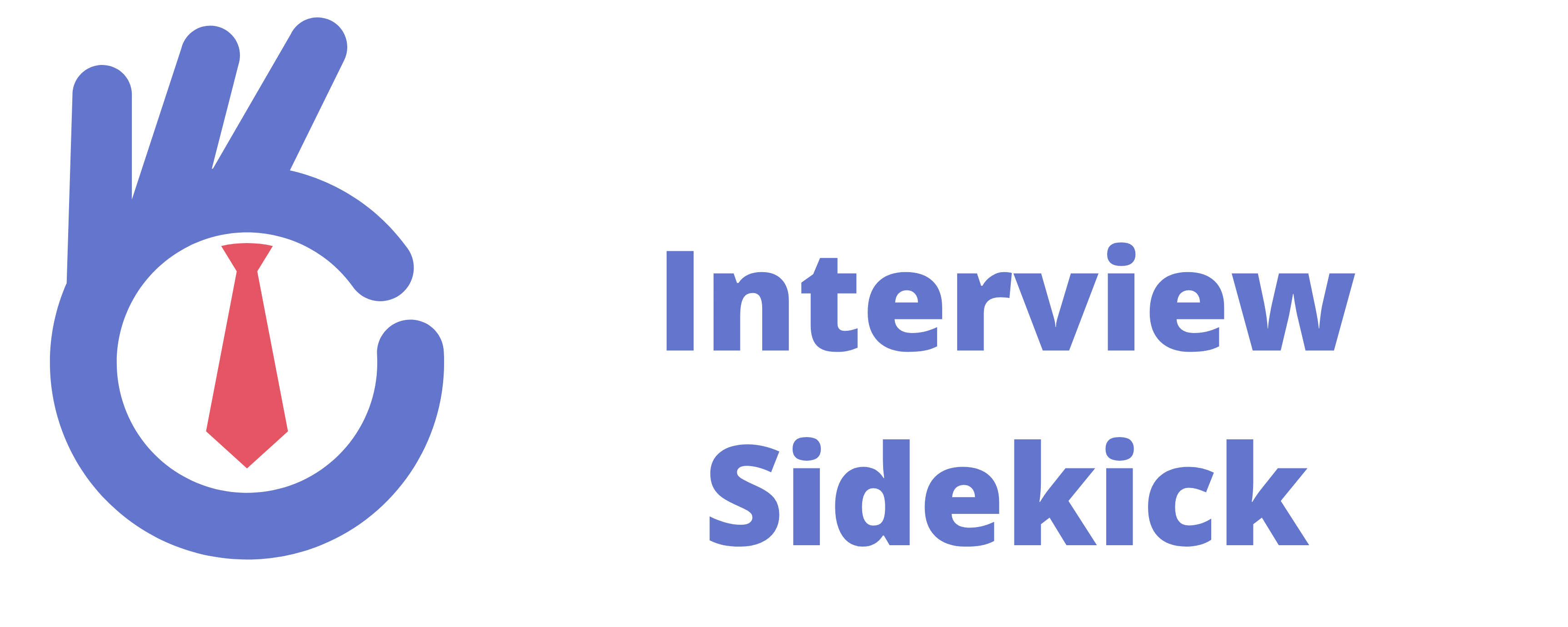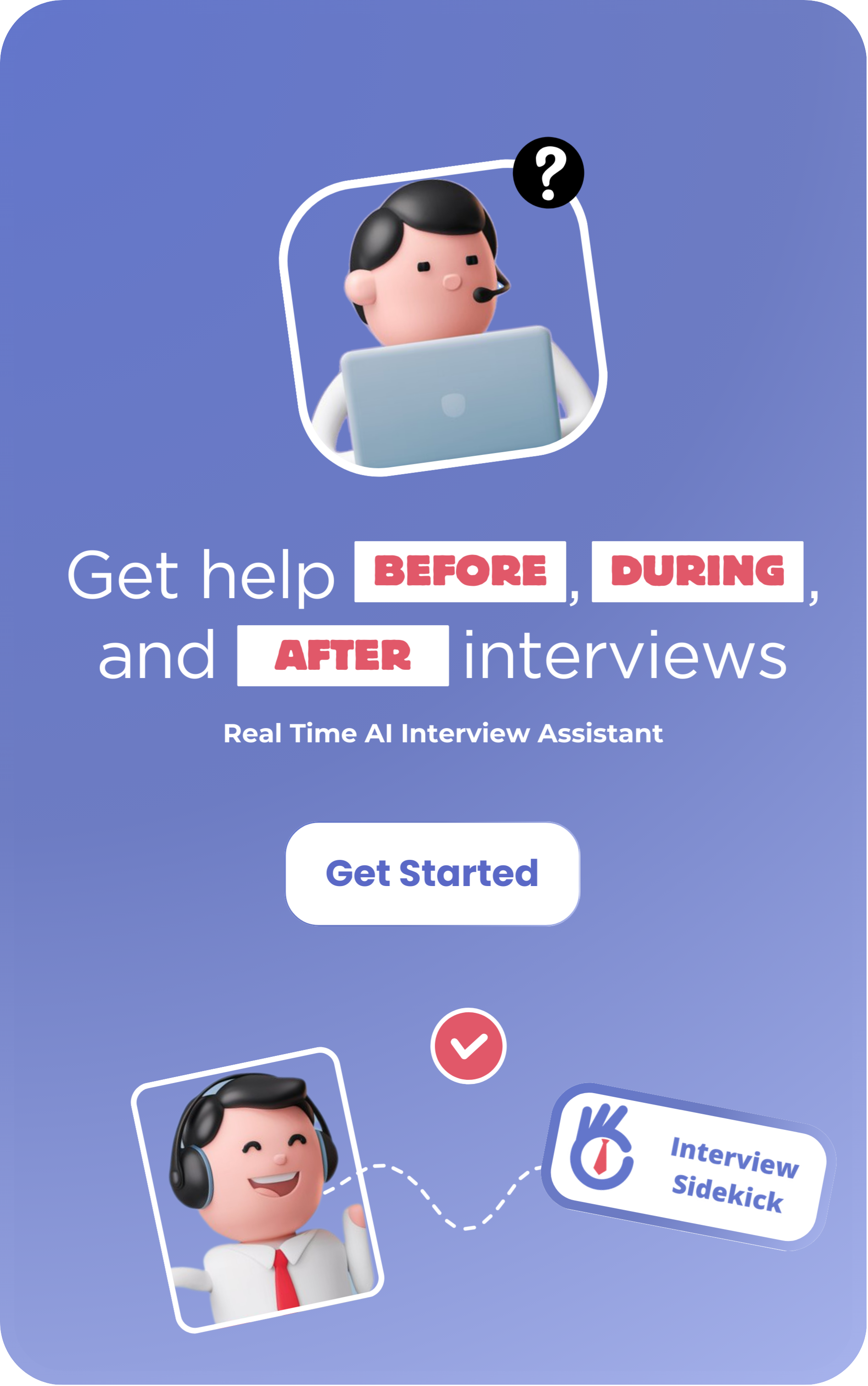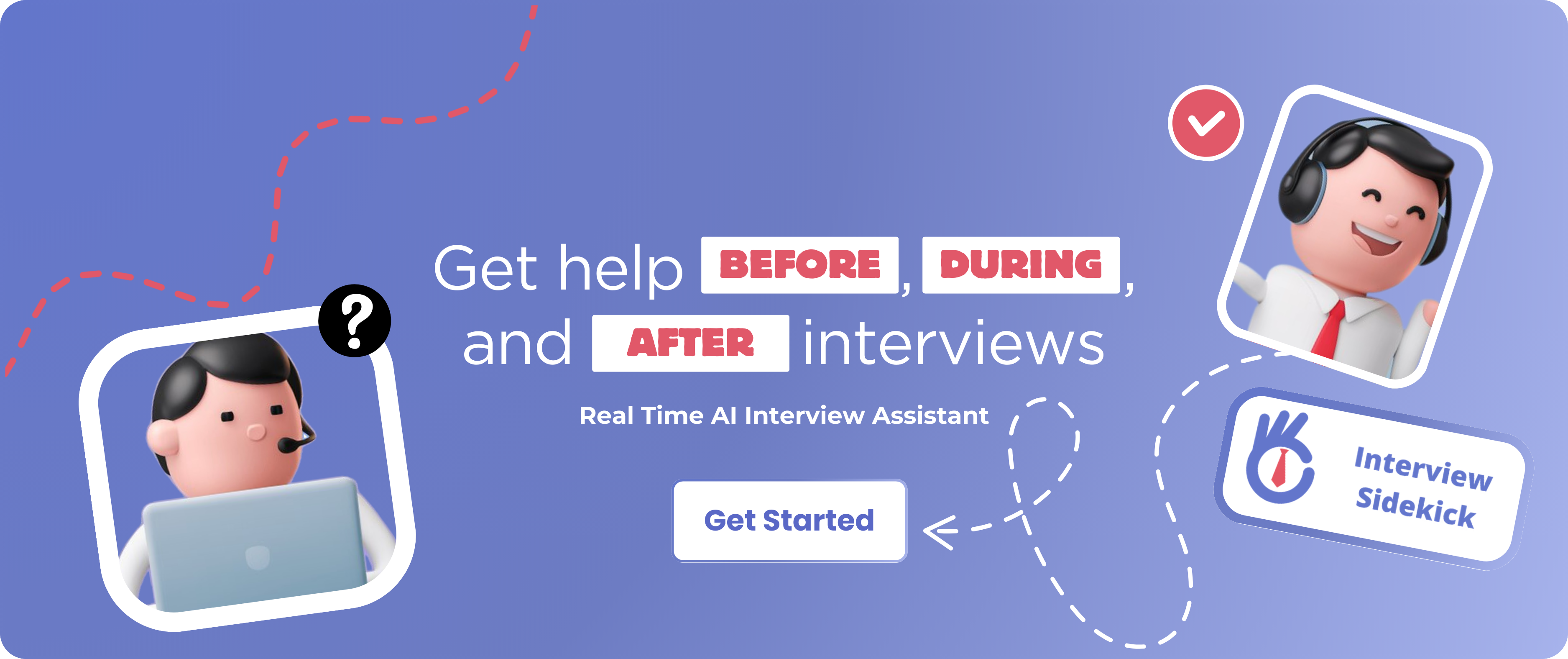3 Key Takeaways
• Study System Design Wisely: Familiarize oneself with complex system design interview questions and the structure on how to address them, including all the important aspects such as scalability, reliability, performance, etc.
• Get Ready for High Challenges: The fundamentals and case studies that senior engineers are most likely to come across Aguinaldo ever distributed systems et al database centers, architecture, and microservices.
• Exhibit Your Knowledge Effectively: Explore strategies for the successful exposition of past system design endeavors and their related socialites indicating foresightedness and guidance in dealing with huge engineering problems.
As the saying goes, the discipline of civil engineering embraces a problem that can simply be referred to as system design and all high-level engineers have to climb the system design ladder. It provides one the room to show his or her appreciation of engineering principles and how they can come up with practicable solutions. In this article, however, we give an elaborate emphasis on system design which includes the basic preparation and interview concepts and strategies… and the best ways to approach them – for professional engineers who aim to excel in the systems design interview.
System Design Interview

Image Source: Pexels
Why System Design Interview Matter
System design interview aims to assess a candidate’s ability to:
- Build Complex Systems
- Fix Real-World Issues
Key Skills for Senior Engineers
Senior engineers should have:
- In-depth Technical Know-how: Grasp of different technologies, architectures, and their pros and cons.
- Expertise in Expanding Systems: Proven history of creating systems that can manage growth.
- Guidance and Coaching Abilities: Skill to lead and back a team through tricky technical issues.
- Clear Communication: Skill to explain design choices and technical ideas to both tech-savvy and non-tech people.
Key Ideas in System Design
Knowing key ideas can help you bring something out of the box in your system design interview.
Scalability
Side-by-Side vs. Top-to-Bottom Scaling
- Horizontal Scaling: Adding more machines to handle increased load. Web-scale applications often prefer this approach because it offers flexibility and keeps costs down.
- Vertical Scaling: Boosting the power of existing machines (e.g. more CPU RAM). This can be easier to put into action but has limits on how much it can grow.
Load Balancing
Spreads incoming traffic across several servers to make sure it’s shared and to stop any one server from becoming a choke point. Methods include:
- Round Robin: Hands out requests one after another.
- Least Connections: Sends requests to the server handling the smallest number of active connections.
- IP Hashing: Routes based on a hash of the client’s IP address to keep sessions consistent.
Caching
Cuts down on delays and eases database strain by keeping often-used data in memory. Common approaches include:
- Distributed Caching: Using tools like Redis or Memcached to share cache across multiple machines.
- Content Delivery Networks (CDNs): Store static content near the user’s location.
Fault Tolerance and High Availability
Redundancy
Add backup parts to keep the system running if something breaks. Here’s how:
- Active-Passive Backup: One system does the work, while another waits to step in if needed.
- Active-Active Backup: Several systems share the work at the same time.
Copying Data
Make sure you can still get to your data even if part of the system fails. Ways to do this include:
- Boss-Worker Copying: One main database handles changes, while others just let you look things up.
- Many-Boss Copying: Several databases can both change and show data, which helps keep things running.
Backup Plans
Switching to a backup system when something goes wrong. You can do this by:
- Health Checks: Keeping an eye on system parts to spot problems.
- Automatic Recovery: Systems that can start services again or move work around without someone stepping in.
Data Management
Database Sharding
Splits a big database into smaller easier-to-handle pieces (shards) and spreads them across many servers. This helps handle large sets of data and boost performance.
Consistent Hashing
Spreads requests across nodes to even out the workload. It cuts down on rebalancing when you add or remove nodes making it great for spread-out systems.
Eventual Consistency
In distributed systems, it’s tough to achieve immediate consistency. Eventual consistency makes sure that data becomes consistent over time even if it’s not consistent right away.
Performance Optimization
Profiling and Monitoring
Check system performance often to spot bottlenecks and inefficiencies. Use tools like New Relic, Datadog, or Prometheus to keep an eye on system metrics.
Query Optimization
Boost database query performance through indexing, query refinement, and denormalization. Use tools like EXPLAIN to examine query performance.
Concurrency Management
Handle multiple operations at once to maximize output. Techniques include:
- Locking Mechanisms: Make sure different processes don’t get in each other’s way.
- Optimistic Concurrency: Let transactions go ahead thinking clashes won’t happen often.
Security
Authentication and Authorization
Check that users with permission can use certain features. Use tools like OAuth to check who users are and Role-Based Access Control (RBAC) to decide what they can do.
Encryption
Keep data safe from people who shouldn’t see it. Encrypt it when it’s moving (using TLS/SSL) and when it’s stored (using AES or other ways to encode).
Secure APIs
Put security measures in place for API endpoints to keep data safe and stop misuse. Some ways to do this include setting limits on how often people can use the API checking that inputs are correct, and using API keys.
How to Tackle the System Design Interview
Steps to Solve Problems
- Requirement Gathering
- Make Requirements Clear: Get a good grasp of what the system needs to do and how well it should do it. Don’t be shy to ask questions to make sure you get the problem.
- Set Boundaries: Figure out what the system should and shouldn’t do, including its key features and limits.
- Create a Big Picture Plan
- Spot Main Parts: List out the big pieces of the system (like web servers, databases, and load balancers).
- Show How Parts Work Together: Draw up how these big pieces will talk to each other.
- Flesh Out the Details
- Track Data Movement: Explain how info flows through the system, from when it first comes into where it’s stored and how it’s pulled out.
- API Design: Find main APIs and their endpoints, including request and response formats.
- Database Schema: Sketch the database schema, including tables, relationships, and indexing.
- Address Trade-Offs
- Evaluate Alternatives: Talk about different architectural choices and how they balance out. For example, compare SQL vs. NoSQL databases and how they affect performance and scalability.
- Scalability and Performance
- Analyze Bottlenecks: Find potential performance issues and suggest ways to fix them.
- Plan for Growth: Make sure the system can handle more load as it grows.
- Failure Handling
- Spot Weak Points: Find where things might go wrong and come up with ways to deal with them.
- Set Up Backup Plans: Explain how the system will bounce back from problems and keep running.
- Safety Measures
- Build in Protection: Add steps to keep data safe and stop people who shouldn’t have access.
Questions You’ll Often Hear in System Design Interview
- Build a Web App That Can Grow
- Think about how to handle millions of users, add load balancing, use caching, and plan data storage.
- Create a System That’s Spread Out
- Talk about keeping things consistent, available, and working when parts of the system are cut off.
- Design a System for Instant Messages
- Look at how to reduce delays, make sure messages get delivered, and allow the system to grow.
- Set Up a Place to Store Lots of Data
- Cover how to bring data together, process it, and search through it.
Smart Ways to Get Ready
Learn About System Design Interview Patterns
Get to know these common design patterns:
- Microservices: Split systems into smaller standalone services.
- CQRS (Command Query Responsibility Segregation): Split read and write operations to boost performance.
- Event Sourcing: Record the system’s state as a series of events.
Look at Case Studies
Examine real-life examples to grasp how system design principles work in practice. Check out how big tech companies tackle issues like scaling and handling failures.
Do Mock Interviews for Real System Design Interview
Create interview-like conditions to feel more sure of yourself. Try out platforms like Pramp, and Interviewing.io, or use real-time practice tools with interviewsidekick.
Check Out Key Resources
Take your learning to the next level with these impactful books and materials:
- “Designing Data-Intensive Applications” by Martin Kleppmann: This book gives you a peek into cutting-edge data systems.
- “The Art of Scalability” by Martin L. Abbott and Michael T. Fisher: It delves into scalable architecture and design.
- “System Design Interview” by Alex Xu: You’ll find hands-on advice and example questions to prepare for a system design interview.
Pro Tip: Use interviewsidekick to prepare for the most asked system design interview questions.
Related
Top 21 Interview Tips to Make a Great First Impression During Your Job Interview
Top Interview Skills to Get a Job in 2024
How to Prepare for a FAANG Software Engineering Job: From Mock Interviews to Technical Tips 2024
Conclusion (System Design Interview)
Getting ready for a senior system design interview means you need to know a lot about complex systems how to build them, and how to explain your ideas well. If you learn the basics practice solving problems, and look at real examples, you’ll feel more sure of yourself in these interviews. Make sure you show that you can design systems that can grow and keep working even when things go wrong. Also, explain your choices to prove you know your stuff. If you put in the time to prepare, you’ll do well in your system design interview and move up in your job as a senior engineer.




